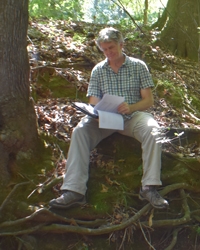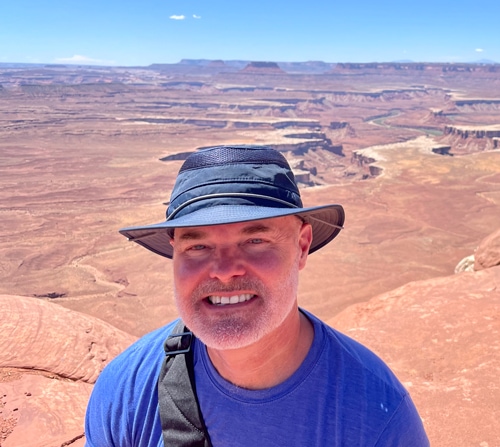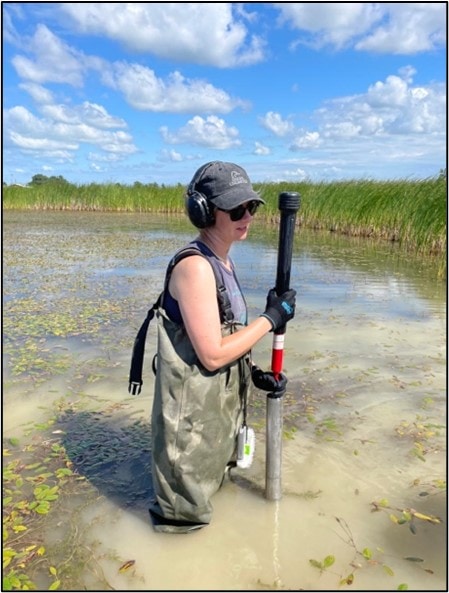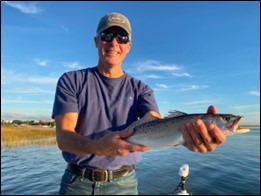The Network for Engineering With Nature (N-EWN), which we introduced in Season 1, Episode 10, is a community of researchers, practitioners, and educators who are working together to advance the practice of Engineering With Nature (EWN). We’re back in Season 5, Episode 5, to talk with N-EWN’s visionary leadership about what’s been accomplished and what lies ahead. Host Sarah Thorne and Todd Bridges, National Lead of the EWN Program, welcome back Brian Bledsoe, Director of the Institute for Resilient Infrastructure Systems (IRIS) at the University of Georgia, and our guests, Ellen Herbert, Senior Scientist, Sustainability and Nature-Based Solutions with Ducks Unlimited, and Chris Mack, Principal, Coastal Engineering Lead and Regional Coastal Solutions Director with Stantec.
There has been a significant amount of progress with N-EWN since it was initiated in October of 2020. N-EWN currently has 30 researchers involved in its initiatives; dozens of projects underway; and many new partners, including Ducks Unlimited and Stantec. Bringing academia, government, nonprofit organizations, and the private sector into the Network has been critical to N-EWN’s success to date. These public-private relationships and partnerships are decreasing the lag time from research and development to practice for nature-based solutions. As Todd notes, “It’s great to see the Network expanding. It’s very encouraging and inspiring when you look at the organizations, their depth of experience, and what they bring to the game. When you combine all that with Engineering With Nature, we can really make progress.”
In Season 1, Episode 10, when N-EWN was first introduced on the EWN Podcast, Todd suggested that the objective was nothing short of a “revolution,” changing the way infrastructure projects are delivered. In gauging the progress to date, Todd notes, “The revolution is going quite well. We’ve expanded our communications very significantly, sharing, networking across the Corps through our EWN Practice Leads and our EWN Cadre practitioners across the country. We’ve grown our EWN Proving Grounds to include six Districts and one Division. And we’ve expanded our research and development to deliver the technical capabilities our teams need to plan, design, construct, operate, and maintain nature-based solutions. Importantly, we’re substantially growing our engagement with other organizations, working beyond the castle walls of the Corps, to bring in the depth of experience that exists in other organizations in the nonprofit and the private sector, and other forms of government, to move the revolution forward through innovation. N-EWN plays an important role in this advancement. We’re all bringing different capacities and perspectives to bear, and the more we are able to collaborate and partner substantively, the more we can collectively accelerate progress.”
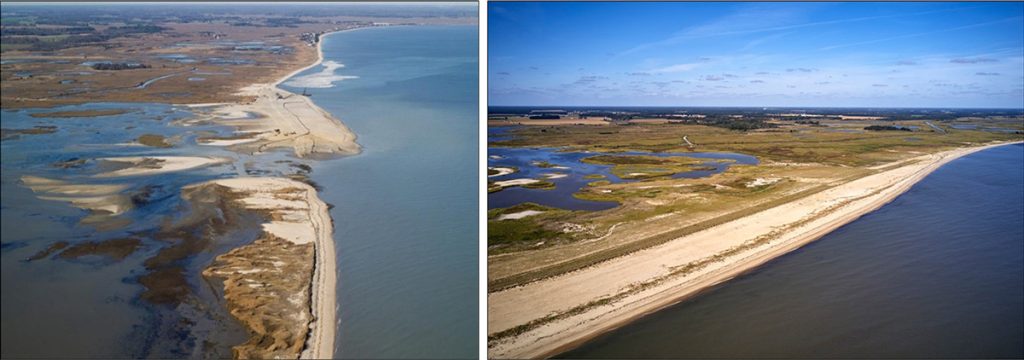
Brian highlights the significant progress being made in the academic sector. “We’ve got academic partners in all the major biomes across the US. We’ve made some good progress setting up a long-term network of test beds. We hosted a National Academies workshop on infrastructure that was really inspiring. There’s a lot of synergy among the academic partners and the private-sector partners in terms of developing lots of training and upskilling opportunities, from short courses we’ve taught at the professional meetings, to graduate degrees, certificates, and internships.” He also noted that the recent Infrastructure Investment and Jobs Act has created a lot of momentum for nature-based solutions.

“Multisectoral collaboration has allowed us to have a common vocabulary across federal, state, and NGO multisectoral partnerships—a common vocabulary that we need across the disciplines that are working together,” Ellen adds. “My grandest hope for this sort of multisectoral partnership is that we can get to a place with lots of discussion and plenty of robust science so we can really put nature-based features and natural infrastructure on the same level playing field as traditional gray infrastructure. That will really be our key to accelerating its adoption.”
Chris also highlights the value of the multidisciplinary nature of the Network: “When I worked for the Corps early in my career, we were given challenges in the environment to solve, whether it was erosion, flooding, waves, or multihazards. Training for engineers is pretty rigorous, but it’s focused mostly on Newtonian physics and forces. ‘What are you going to design to resist this force?’ And the first thing that comes to mind aren’t natural solutions, because what you’ve historically studied is brick, steel—hard, rigid structures that can resist the particular force. But with the blending of the network of biologists, ecologists, and other disciplines, we’re asking, ‘Hey, did you know we can solve the same challenge using natural and nature-based solutions?’” He adds that through the Network, critical resources, including the International Guidelines for Natural and Nature-Based Features for Flood Risk Management are available to practitioners and key to advancing the practice.
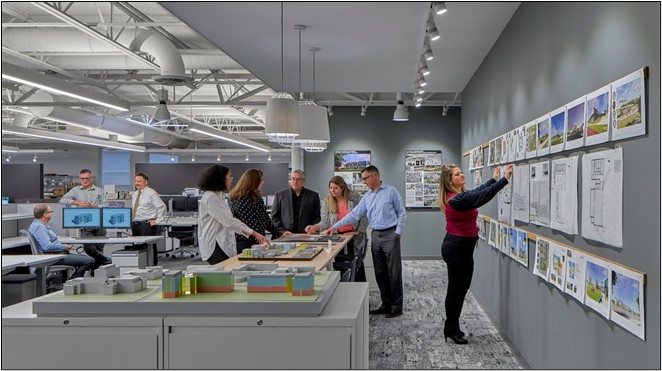
Todd agrees: “You know change is needed. What was accepted as a solution in the context of engineering and infrastructure in the 19th or 20th century is not going to meet the needs of the 21st century. These solutions and how they’re delivered has got to change, and there’s a growing acceptance of that reality. We have to be able to learn faster and compress the time and effort that’s necessary to go from discovering something new, learning a lesson, and then delivering a solution that incorporates that learning. Combining the collective experience of a diverse network of co





